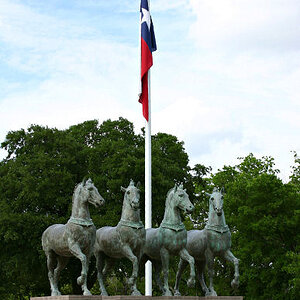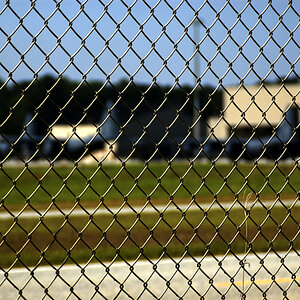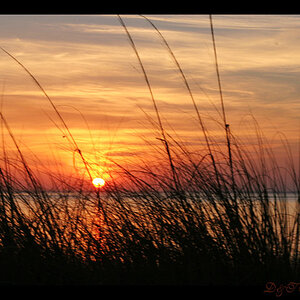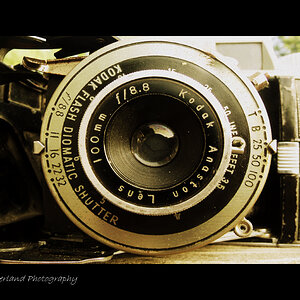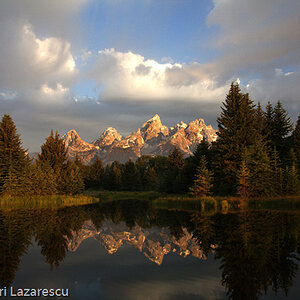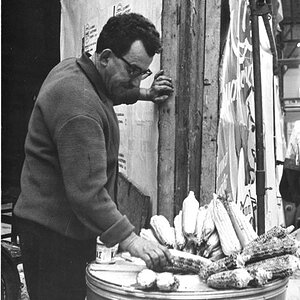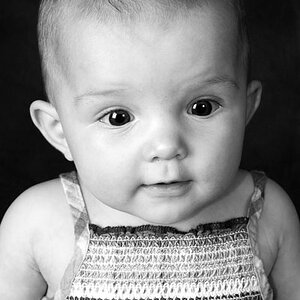- Joined
- Jul 3, 2004
- Messages
- 3,714
- Reaction score
- 531
- Location
- Here N There
- Website
- img24.photobucket.com
I don't know if this is supposed to be in the beginner forum or here. Basically I would like to be educated on photographing night events or parties.
Last weekend, a friend of mine who is a DJ asked me to take photos of him DJing at a party that he was hired to perform. I have very little experience with DSLR having shot 35mm for the most part and was a little intimidated by the request. We managed to get hold of a Rebel Xti with just kit lens and the onboard flash and I decided to give it a try since it could be a learning experience for me as well.
The whole night I was playing with the settings trying to strike a balance between flash level and exposure time. I find that the shorter the exposure and higher the flash, I get more still shots but with very dull lighting. The opposite yields a lot of motion blurs but nice saturated colors. Tripod helped in terms of capturing moving people in still scene, but when it comes to mobility, it was a pain. Plus, tripod is quite bulky in tight environments.
I haven't downloaded the photos yet so I don't have anything to show.
Not that I am trying to steal trade secret, but what will be the general way to photograph a night event? Until I get myself a DSLR, I think this will be hard for me to try since negatives are expensive.
Thanks in advance!
Last weekend, a friend of mine who is a DJ asked me to take photos of him DJing at a party that he was hired to perform. I have very little experience with DSLR having shot 35mm for the most part and was a little intimidated by the request. We managed to get hold of a Rebel Xti with just kit lens and the onboard flash and I decided to give it a try since it could be a learning experience for me as well.
The whole night I was playing with the settings trying to strike a balance between flash level and exposure time. I find that the shorter the exposure and higher the flash, I get more still shots but with very dull lighting. The opposite yields a lot of motion blurs but nice saturated colors. Tripod helped in terms of capturing moving people in still scene, but when it comes to mobility, it was a pain. Plus, tripod is quite bulky in tight environments.
I haven't downloaded the photos yet so I don't have anything to show.
Not that I am trying to steal trade secret, but what will be the general way to photograph a night event? Until I get myself a DSLR, I think this will be hard for me to try since negatives are expensive.
Thanks in advance!


![[No title]](/data/xfmg/thumbnail/37/37104-99933b18ee16678a8299f12747336d48.jpg?1619737882)
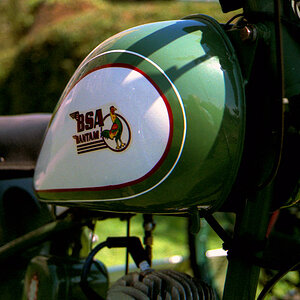
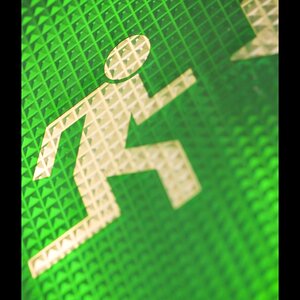
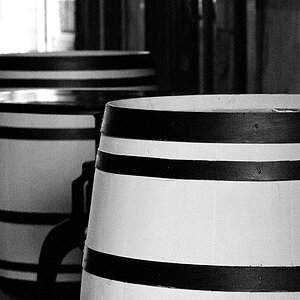
![[No title]](/data/xfmg/thumbnail/35/35586-d552a369f369a1796256b9df897a8d91.jpg?1619737061)
